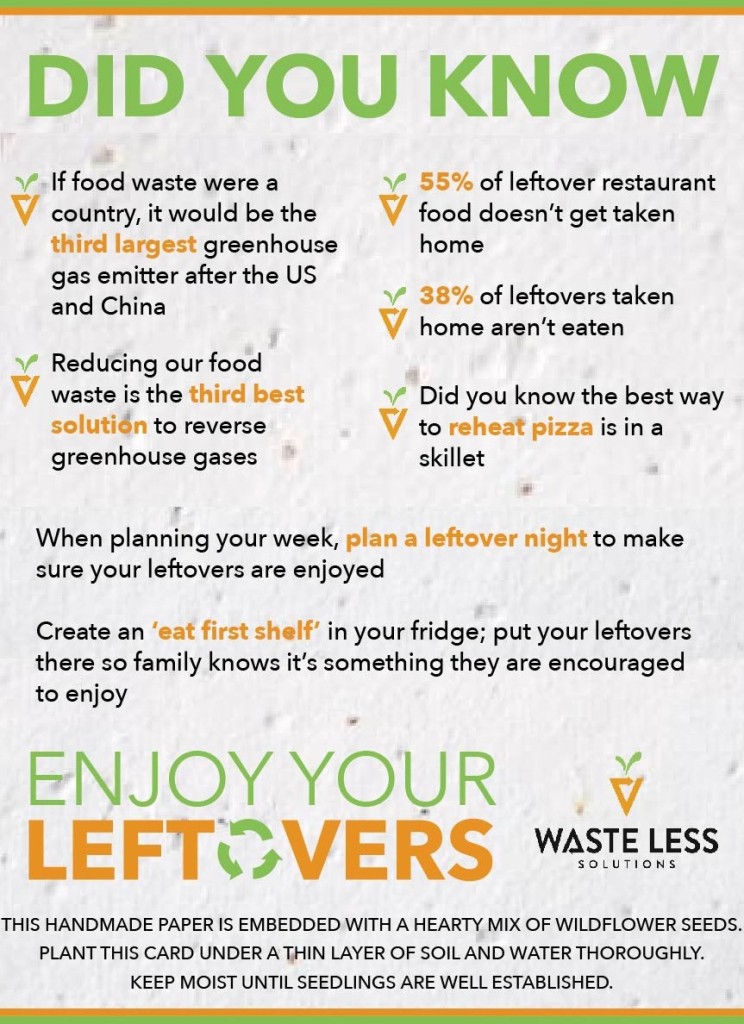Welcome to SLCgreen Connections, an occasional series highlighting SLCgreen’s fantastic local partners—the people and organizations with whom we work closely to make Salt Lake City a greener, more vibrant, and sustainable city!
Is going zero waste one of your New Year’s resolutions for 2021? Utah Recycling Alliance is here to help! Utah Recycling Alliance (URA) has been encouraging Utahns to recycle more and reduce waste since 2011. The non-profit promotes reuse, recycling, and resource conservation through programs developed to engage and educate residents statewide.
This year, like many organizations, URA has moved much of their programming online due to the pandemic. However, they have stayed busy, and the organization is gearing up for exciting new projects in 2021.
SLCgreen chatted with URA co-presidents David Johnston and Sarah Bateman to find out more about what URA has been up to in 2020. David and Sarah also filled us in on how you can get involved in building a zero waste future in the New Year!
The 3 R’s and Beyond
David, who is also the Permits Coordinator for SLCgreen’s Waste and Recycling Division, told us that URA started with a mission that went beyond recycling. “Although we’ve always been there to help Utahns around the state recycle in the right ways, many of what we now consider core programs are all about the other Rs” – including reduce, reuse, repair, and rot.
Sarah, who is the founder of the City of Orem’s Natural Resources Stewardship Committee and a full-time mom, joined URA because of her passion for encouraging zero waste in Utah County. Prior to joining URA, she “felt somewhat alone in advocating a low-waste lifestyle.” However, URA connected Sarah to other zero waste organizers who were just as passionate about waste reduction and conservation. Sarah says that she is “honored to work alongside this well-educated and skilled team of volunteers, dedicated to reducing waste in Utah.”
The organization relies on volunteer support to operate their diverse projects, which connect businesses, individuals, and local governments that are committed to zero waste efforts.
CHaRMs and Fix-It Clinics
In the past few years, URA has helped Salt Lake City residents divert unusual waste (including toothpaste tubes, old electronics, shredded paper, and other things that aren’t accepted in the City’s curbside recycling program) in the CHaRM events.
The acronym stands for Collection of Hard to Recycle Materials, and the events help divert a considerable amount of waste each year. David notes that “in 2019 alone, with the help of more than 40 additional volunteers, URA was able to divert almost 5,000 lbs. from the landfill, accepting material for recycling from more than 1,100 attendees.”
Read more













